LIVIN’ LA VIDA LOCAL
New state law might solve housing crisis, spark building boom
Throughout Florida, developers scramble to meet with zoning attorneys, lobbyists, architects, accountants and contractors – all in preparation for July 1.
That’s the day developers can pursue enhanced building rights for residential projects on land that is zoned commercial, industrial or mixed use.
But there’s a catch. Forty percent of these projects’ units need to be reserved for housing that is at least somewhat affordable for the workforce for the next three decades, in a real estate market known for its high-end and luxury housing.
The change stems from the Live Local Act, signed into law March 29. Supporters say it will provide the additional affordable housing the region desperately needs. Others say it overrides zoning rules of municipalities and counties, could lead to projects that overtax roads and sewage systems, and invite a slew of litigation.
“Obviously there is a major affordability issue throughout the state, but this is a pretty radical approach: the state stepping in and doing this, which is not typical at all,” said Carter McDowell, a partner at Miami-based Bilzin Sumberg.
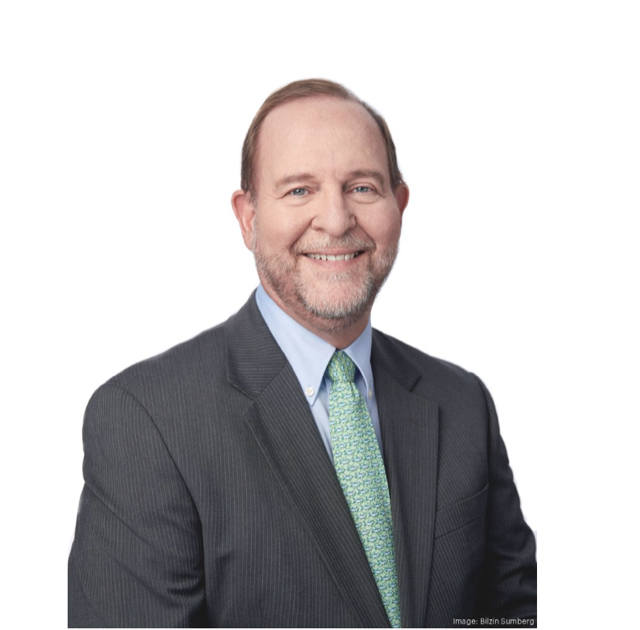
Carter McDowell, partner of Miami-based Bilzin Sumberg
BILZIN SUMBERG
The Live Local Act has garnered plenty of attention.
“I am fielding eight to 10 phone calls per week from developers wanting to know more, and asking for an analysis on how the law can potentially help them develop their properties,” said Javier Vazquez, a partner specializing in zoning and land use at Berger Singerman LLP in Miami.
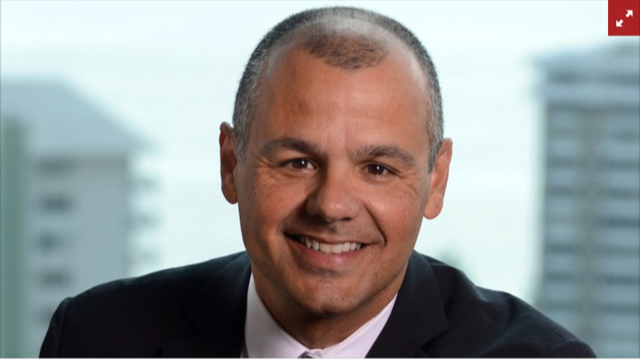
Berger Singerman attorney Javier L. Vazquez.
JASON ARNOLD UNDERWATER
And for good reason. The law, previously known as Senate Bill 102, is the most comprehensive housing legislation in Florida’s history, said Albert Milo Jr., president of Related Urban Development Group, the affordable and workforce housing division of Miami-based Related Group.
“This is a product of trying to address the [housing] shortage in the marketplace … in all the counties in the state of Florida,” he said.
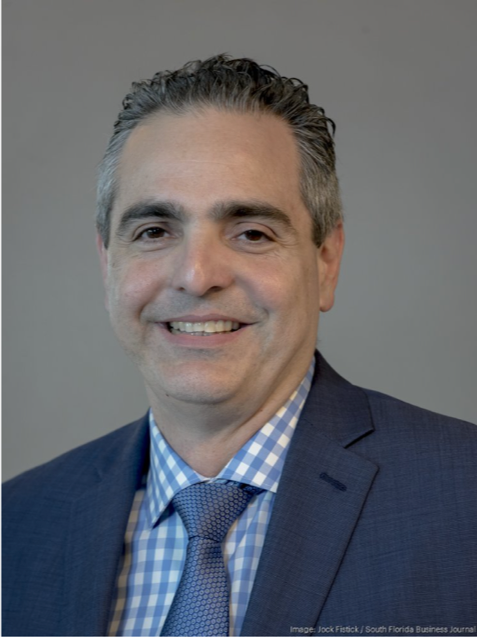
Albert Milo, president of the Related Group Urban Development division.
JOCK FISTICK / SOUTH FLORIDA BUSINESS JOURNAL
Addressing that shortage could help alleviate the massive rent hikes that threaten the low- and middle-income employees who support South Florida’s economy, experts say.
Ken H. Johnson, a real estate expert and finance professor at Florida Atlantic University, said rents climbed 20% to 30% year over year in South Florida because there was limited rental inventory to meet the demand from existing residents and well-paid professional transplants from other parts of the U.S. With more housing units, rent increases will moderate – or even dip, he added.
“This goes further toward helping our rental crisis than most people [realize],” Johnson said. “We still have some of the most overpriced rents in the U.S. and the only way to get around it is to build more units.”
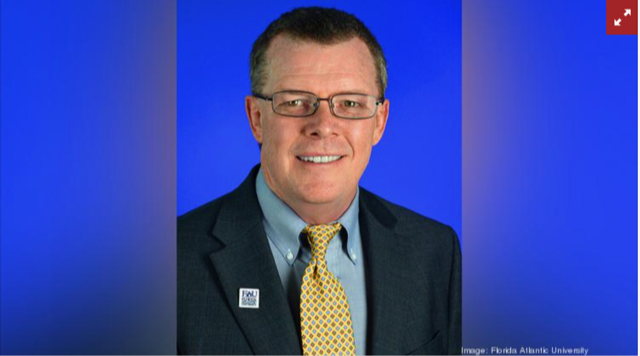
Ken H. Johnson, professor of real estate economics at FAU
FLORIDA ATLANTIC UNIVERSITY
The Legislation
SB 102 includes several incentives to encourage the creation of more affordable housing: $771 million for affordable housing programs; property and sales tax breaks; and a mandate for cities to reduce parking requirements for projects built within a half-mile of a major transit stop.
“We really tried to cast a wide net and offer as many incentives as possible,” said state Sen. Alexis Calatayud, R-Kendall, who co-sponsored the law with Senate President Kathleen Passidomo.
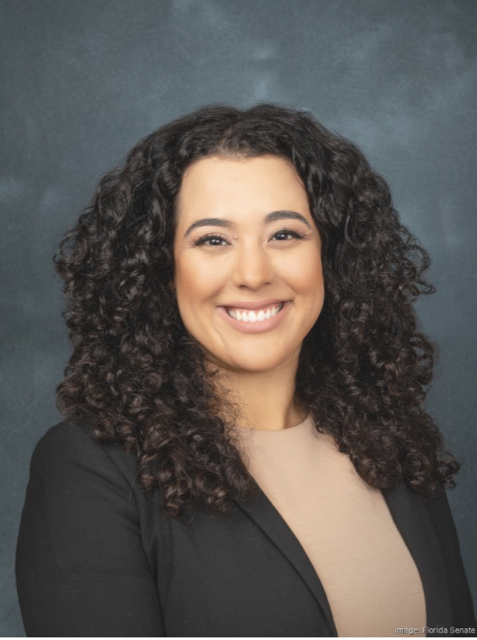
State Senator Alexis Calatayud
FLORIDA SENATE
A large part of the incentives grants density and height increases for developers who reserve 40% of their units for affordable housing for the next 30 years. They will have the right to build the maximum number of residential units allowed in that city or, if unincorporated, county. And they will be entitled to build as tall as a local jurisdiction allows within a mile of the project.
Developers of mixed-use projects can use Live Local’s building rights, as well, if they include affordable units – but only if 65% of the development is residential.
Another feature of the law: developers can eschew public hearings before an elected or appointed body and just have their plans approved administratively.
Milo said bypassing the public hearing requirements will save developers time and money.
“It is intended to really promote and ignite the power of the private sector to use private capital to produce more affordable housing,” said Milo, who advised on the law’s creation.
The affordable apartments won’t have to be cheap, either.
The legislation defines an affordable apartment as a unit set aside for households that earn up to 120% of an area’s median income. That means an apartment can be affordable for an individual who makes about $86,760 a year in Miami-Dade, $80,640 a year in Broward, and $81,840 a year in Palm Beach County, according to U.S. Department of Housing and Urban Development guidelines. As such, the maximum rents allowed by HUD for those apartments can range from $2,016 a month for a studio in Broward to $3,964 a month for a five-bedroom unit in Miami-Dade.
Milo said the legislation addresses households that make too much to qualify for subsidized housing units, but who still have trouble paying South Florida’s higher rents – also known as the “missing middle.”
“Municipal officials have been asking what can be done for the workforce, from teachers to nurses to first responders to the majority of the professions that fall into that middle workforce category,” he said.
Besides zoning perks, the law also provides property tax abatements as high as 100% for projects where substantial portions of the units are set aside for low- and medium-income housing.
The incentives in the law won’t last forever, though. The zoning bonuses expire Oct. 1, 2033, and property tax abatements end Dec. 31, 2059.
Opportunities
The Live Local Act has generated “pent-up excitement” within the development community, Milo said. It’s easy to see why, as the law will enable developers to leverage tax abatements for additional financing and allow them to build taller projects with more units – without being bogged down in public hearings.
Related Urban is already prepared to submit four or five Live Local Act projects in areas such as Tampa, Collier County and central Miami-Dade County.
Within South Florida, developers may target places including failed shopping centers, public transportation stops in suburbia, and sites near the downtown areas of Miami, Fort Lauderdale and West Palm Beach, land use attorneys told the Business Journal.
Industrial-zoned areas, especially those located within cities with generous unit-per-acre zoning such as Hialeah and Miami, are also likely to attract developers, said Alfredo Riascos, founder and principal of Miami-based brokerage Gridline Properties.
“A neighborhood like [Miami’s] Allapattah that is industrial zoned, but close to job growth areas such as Brickell, downtown and the Hospital District, is ripe for developers,” he said.
Uncertain impact
Still, Keith Poliakoff, managing partner of Fort Lauderdale-based Government Law Group, said the new law will likely generate a great deal of litigation.
“On the downside, there are still nuances to this bill that are confusing and open to interpretation and subject to legal challenges from municipalities, which concerns me going forward,” he said.
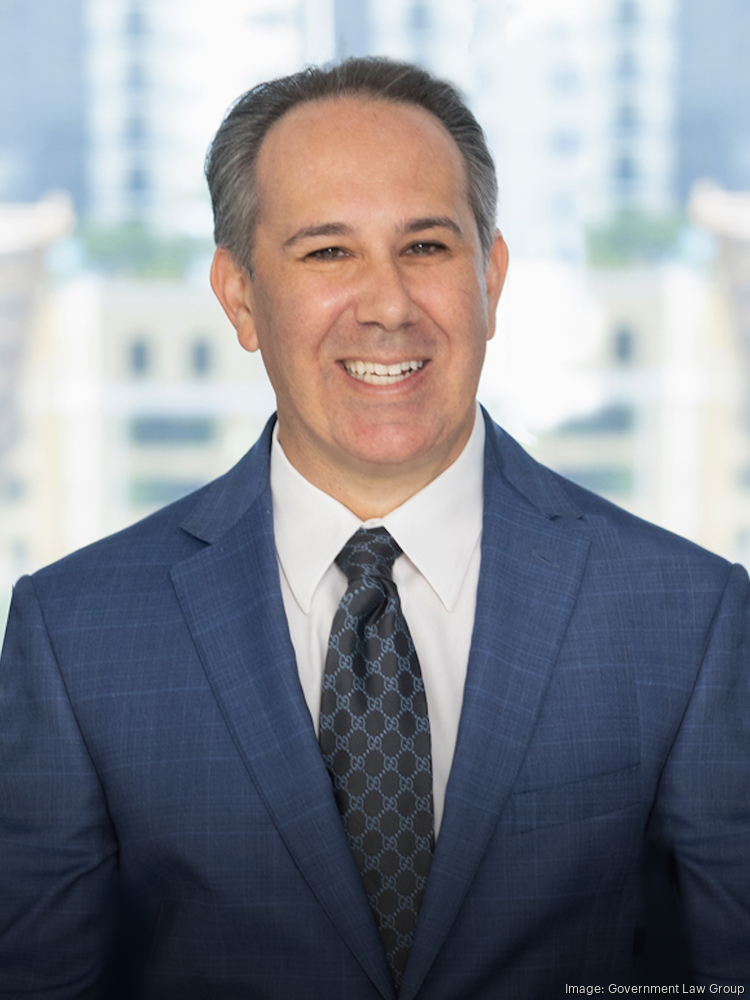
Keith Poliakoff, Government Law Group
GOVERNMENT LAW GROUP
Poliakoff added that he’s heard from clients already preparing maximum height and density projects that they’ve yet to receive feedback from city staffers on how to move forward.
Another problem with the law is that it doesn’t say how cities should deal with concurrency issues such as water and traffic.
“There is nothing in the law to require verifying that [a city] has enough water and sewer capacity for intensive development,” Poliakoff said.
Edward “Ned” Murray, associate director of the Jorge M. Pérez Metropolitan Center at Florida International University, said the state Legislature should have offered some financial assistance for cities to accommodate large projects with affordable and workforce housing, instead of just running roughshod over their zoning codes.
“If this is going to be done right, it needs to be done with local government being equal partners,” he said. “The incentives should not be given to developers. There should be incentives to local governments. Ultimately, they are the ones who control ordinances and permitting.”
Kenia Fallat, a spokeswoman for the city of Miami, said it already has systems in place to expedite affordable housing development projects, and is ready to hire more staff if needed.
They may very well need it.
An analysis from the city’s planning department showed that, under Live Local, developers would have the right to build up to 1,000 units per acre in nearly half of Miami if 40% of their projects’ units are affordable.
Officials from the city of Hollywood are still assessing the possible impacts of the Live Local Act, spokeswoman Joann Hussey said.
“We do not have plans to contest this law. We are taking the time now to fully understand what it will mean for our city, both in the near term and future,” she said, adding that Hollywood supports building more affordable housing.
Calatayud said it will be city planners, not state officials, who will determine the infrastructure concurrency needs of a project before issuing a permit.
Municipalities also retain most of their sovereignty when it comes to land use. For example, developers still must comply with a city’s historic preservation regulations, setbacks, parking regulations and floor-area ratio, Bilzin Sumberg’s McDowell said. Those regulations may limit how much a developer can build in some cities, such as Miami Beach.
“I think everybody is still learning, if you will,” McDowell said. “And I think there is some likelihood that some local governments will try to challenge the statute.”
Ultimately, no one will know how a city will react until they receive their first Live Local development application, the Metropolitan Center’s Murray said.
“I think it is going to be interesting and will play out differently in different submarkets,” he said. “But until we see projects come forward, we don’t really know.”
Live Local Act highlights
Besides granting greater density to projects that are at least partially affordable, the Live Local Act:
Grants property tax exemptions for affordable units for buildings constructed or substantially rehabilitated in the past five years if more than 70 of those apartments are reserved for affordable housing. If those units are for households that earn between 80% and 120% of an annual area’s median income, then the tax exemption is 75%. If the units are for households at or below 80% AMI, then the units are exempt from ad valorem property taxes.
Allows municipalities and counties to provide tax exemptions for buildings with more than 50 units that provide affordable housing for households that earn at or below 60% AMI.
Includes an exemption on taxes assessed on land owned by a nonprofit that is leased for a minimum of 99 years that will be used for affordable housing.
Offers sales tax refunds of up to $5,000 for building materials and appliances used in an affordable housing unit.
Requires municipalities and counties to publish a list of city-owned properties suitable for use as affordable housing.
Requires local governments to maintain on their websites a policy listing procedures and expectations for expedited processing of building permits.
Forbids any local rent control regulations.
Provides interest-free loans to buy a home of up to $35,000 to members of the state’s workforce who earn up to 150% AMI under the Florida Hometown Hero program.
Article Link: LIVIN’ LA VIDA LOCAL
Author: Erik Bojnansky
